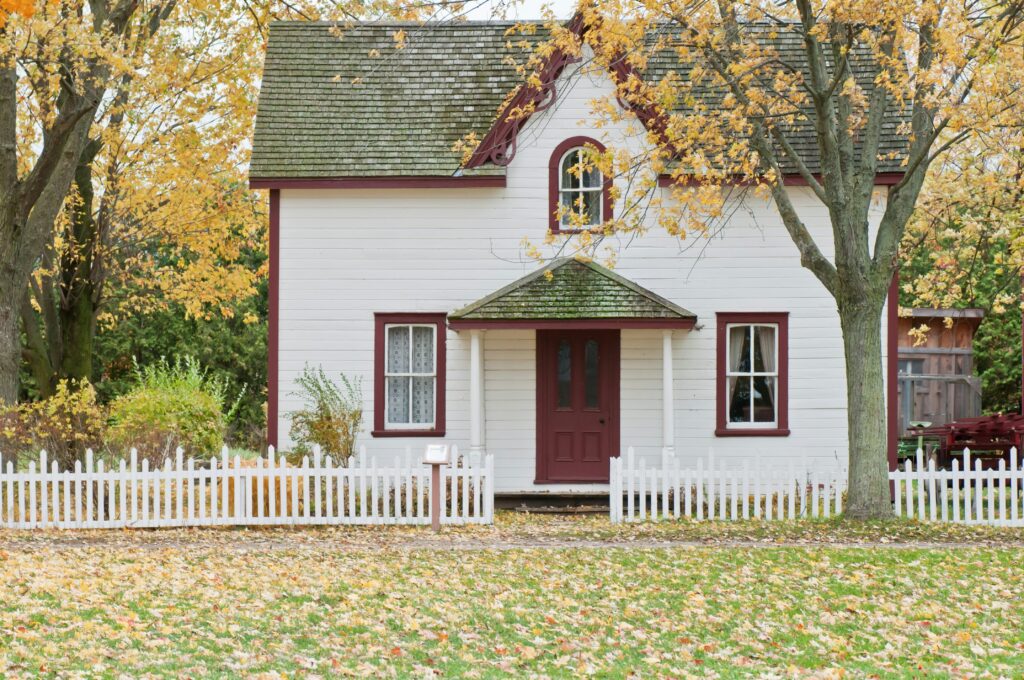Buying your first home is one of the most exciting milestones in life. It’s also one of the biggest financial decisions you’ll ever make, which means preparation is key. From saving for a down payment to closing the deal, the process can feel overwhelming if you don’t know where to start. This guide will walk you through everything you need to know about purchasing your first home with confidence.
Step 1: Assess Your Financial Readiness
Before you start browsing listings, take a close look at your finances.
-
Check your credit score: Lenders use it to determine your loan eligibility and interest rate.
-
Review your debt-to-income ratio: Aim for a healthy balance between what you earn and what you owe.
-
Build savings: In addition to a down payment, you’ll need funds for closing costs, moving, and unexpected expenses.
Step 2: Understand Your Budget
Knowing how much house you can afford is crucial. A general rule is that your monthly mortgage payment should not exceed 25–30% of your monthly income. Online mortgage calculators can help you estimate payments based on different loan amounts, interest rates, and terms.
Step 3: Explore Mortgage Options
There are several types of mortgages available, each with its pros and cons:
-
Conventional loans: Popular for buyers with strong credit and larger down payments.
-
FHA loans: Designed for first-time buyers with lower credit scores or smaller down payments.
-
VA loans: Available to veterans and military families with no down payment required.
-
USDA loans: For rural homebuyers who meet income requirements.
Getting pre-approved by a lender before house hunting gives you a clear price range and shows sellers you’re serious.
Step 4: Find the Right Real Estate Agent
A good real estate agent is invaluable, especially for first-time buyers. They’ll help you navigate the local market, negotiate on your behalf, and guide you through paperwork. Look for an agent with strong reviews and experience in your preferred area.
Step 5: Start House Hunting
Now comes the fun part—searching for your new home. Keep these tips in mind:
-
Prioritize location: Think about commute times, schools, and neighborhood safety.
-
List your must-haves vs. nice-to-haves: Separate essentials from features you can compromise on.
-
Attend open houses: Seeing homes in person gives you a better feel than online photos alone.
Step 6: Make an Offer
Once you’ve found a home you love, your agent will help you make a competitive offer. Depending on the market, this may involve negotiating with the seller. Be prepared for counteroffers and stay within your budget limits.
Step 7: Complete the Inspection and Appraisal
After your offer is accepted, schedule a professional home inspection. This ensures there are no hidden issues with the property. Your lender will also require an appraisal to confirm the home’s value matches the loan amount.
Step 8: Close the Deal
The final step is closing day. You’ll sign paperwork, finalize your loan, and officially become a homeowner. Don’t forget to set aside funds for closing costs, which usually range from 2% to 5% of the purchase price.
Tips for First-Time Homebuyers
-
Don’t skip the inspection, even if the home looks perfect.
-
Keep an emergency fund separate from your down payment.
-
Avoid making big financial changes (like switching jobs or opening new credit cards) during the buying process.
-
Think long-term—buy a home that can meet your needs for at least 5–7 years.
Final Thoughts
Buying your first home may feel intimidating, but with the right preparation, it can be a smooth and rewarding journey. By understanding your finances, choosing the right mortgage, working with a trusted agent, and making informed decisions, you’ll be well on your way to holding the keys to your very first home.


 Vionaryn Glimmerquill is the co-founder and tech visionary behind HouseZoneSpot With a passion for blending innovation and lifestyle, she writes about cutting-edge home technologies that redefine how we live, connect, and create smarter spaces.
Vionaryn Glimmerquill is the co-founder and tech visionary behind HouseZoneSpot With a passion for blending innovation and lifestyle, she writes about cutting-edge home technologies that redefine how we live, connect, and create smarter spaces.

